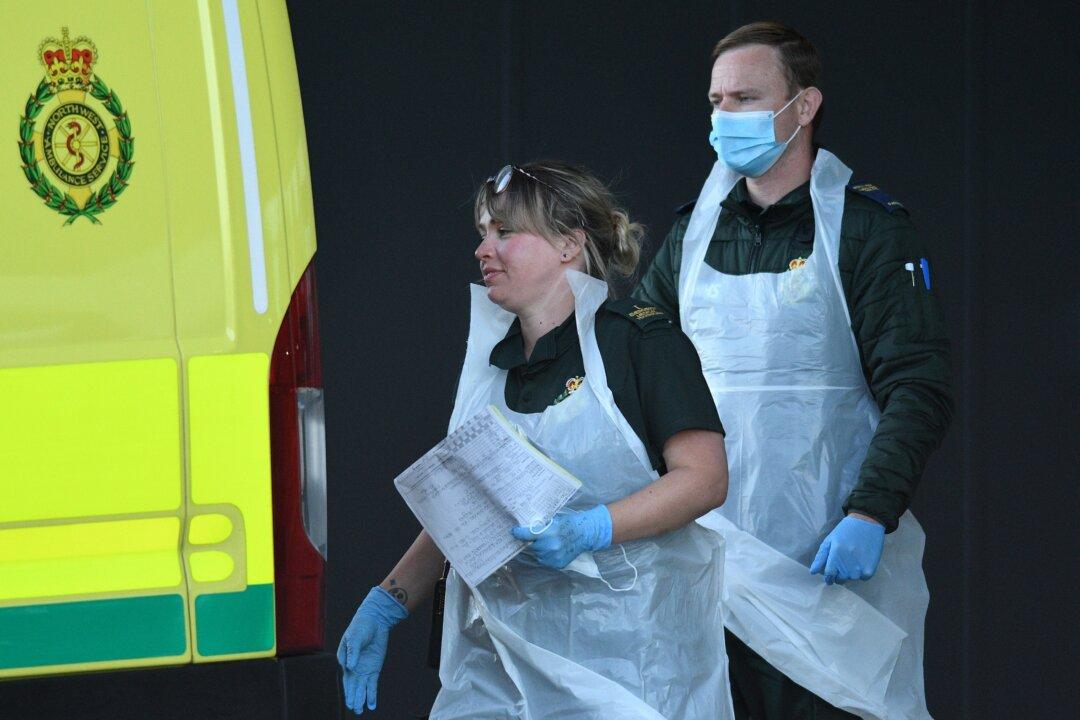Infections of the CCP virus were already dropping in the second week of lockdown in England, according to estimates from a weekly swab-sample survey published today.
The results are consistent with other data that suggests the so-called second wave of the CCP (Chinese Communist Party) virus was already fading before Nov. 5, when the lockdown was enforced.





